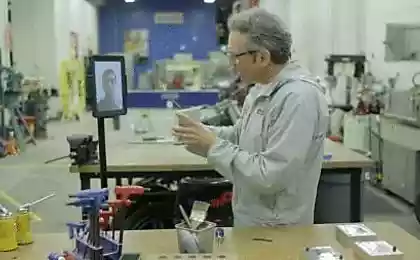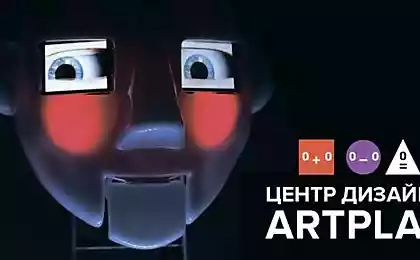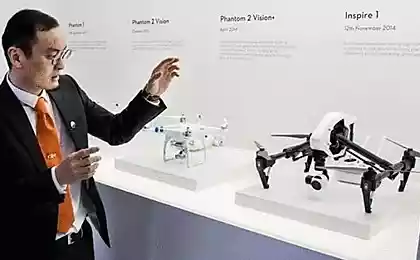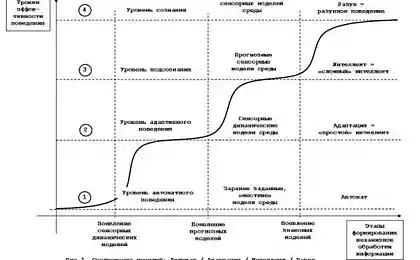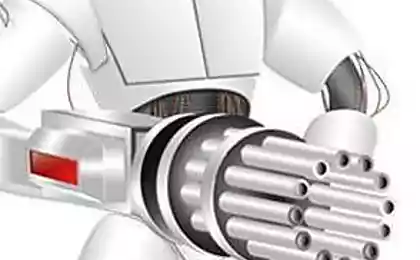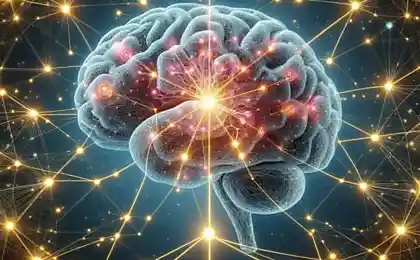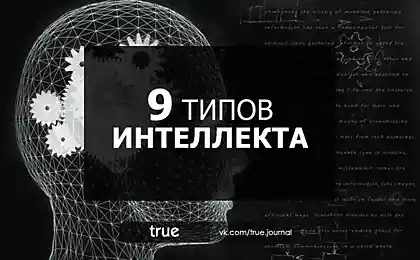583
Robot-humanoid Robotics company Hanson responds to facial expressions of the person
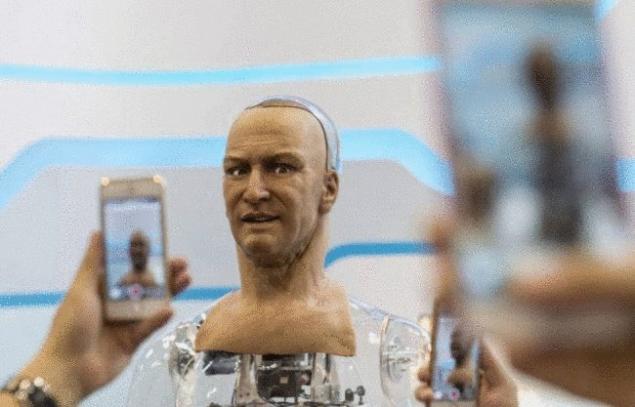
The robotic head of a humanoid, nicknamed Ham, is able to recognize and respond to facial expressions the person, establish eye contact and engage people in simple conversation, has become the center of attention at the exhibition on Global Sources Electronics Fair in the framework of the AsiaWorld Expo, which was held in Hong Kong last week. Global Sources Electronics Fair is the largest exhibition in the world, which demonstrates the latest achievements in the field of electronics.
The robotic head is remarkably similar to their human prototype, eyebrows, cheeks and lips precisely mimic expressions of a human face. Incredibly lively eyes, watching your movements on the pavilion, made of a special plastic material called Frubber ("flesh rubber").
Created by an expert in the field of robotics, David Hanson, Ham runs on special hardware and software is able to recognise and respond to different facial expressions of the person. Processor natural language processing allows the robot to answer simple questions and even engage people in conversation.
On the face of the robot even has a micropore size of from 4 to 40 nanometers. To reflect joy or sadness Ham help multiple motors.
Founder, President and senior designer of Hanson Robotics, David Hanson calls Ham breakthrough in the development of humanoid robots. According to him, in the future, robots like Ham will be applied in the field of medicine, education and entertainment. For example, in hospitals you can use them as nursing assistants to work with children with autism. Robots can be programmed to perform repetitive actions, such as training young people with autism how to properly maintain eye contact with others and develop communication skills.
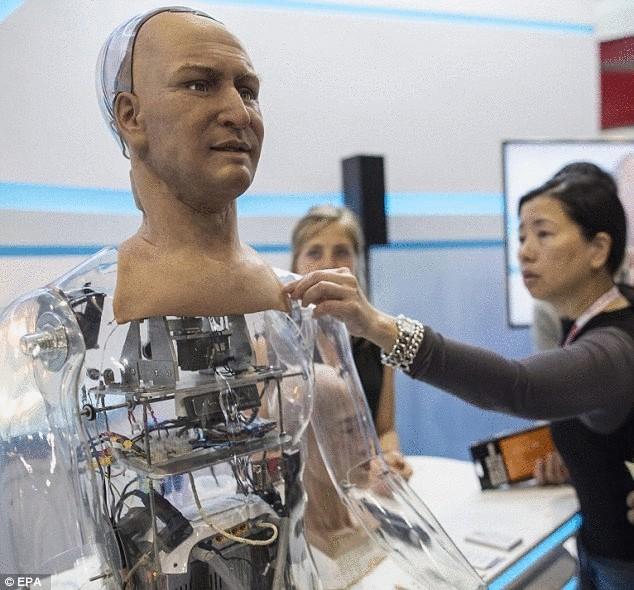
Autistic children often have to teach using the method of brute memorization. The robot can be taught to respond to the response, repeating the same movements again and again. These machines can increase the productivity of nurses by 30 percent.
It is reported that Henson moved with his family to Hong Kong to pursue his dream to create a new generation of humanoid robots "with realistic facial expressions and communicative skills". Hong Kong has a well-developed robotics industry. Conduct research, develop and produce robots are cheaper than in the US.
According to the newspaper South China Morning Post, Hanson contributes to the emergence of robotic centre in the Science Park of Hong Kong.

In the management of Hanson Robotics also involved the designer of the robots in the past who worked with Walt Disney and the jet propulsion Laboratory of NASA. The company is also engaged in the creation of animatronic models for theme parks.
Ham is the latest representative of a line of humanoid manufacturing robots Hanson Robotics. Your first robot the company presented at the 2002 AAAI conference in Edmonton (Canada). At the 2003 meeting of the American Association for the advancement of science (AAAS) Hanson Robotics showed the car Kbot.
The next step in the development of Hanson Robotics was the creation in 2005 of "intellectual portrait" of science fiction writer Philip Kindred dick. In a talking robotic head Hanson has uploaded all of the author's work.

In 2009, the conference Technology, Entertainment and Design (TED), the company showed the walking of the humanoid in the image of physicist albert Einstein. The robot is capable of copying facial expressions of the person, was developed by experts at the University of California in conjunction with engineers the Korean Institute of science and technology (KAIST).
Currently, Hanson is working on the robotic portrait of the Russian citizen Dmitry Itskova, seeking to achieve "digital immortality" by transferring his own consciousness into a robotic replica of himself. Ultimately, Hanson Robotics hopes to equip all of their humanoid robots artificial intelligence.
Artificial intelligence is the most ambitious project in history. The science and engineering of mind. In this case should involve governments, companies and scientists. No organization can achieve the desired result on their own — this is a great cooperation and openness of the source code.published
Source: hi-news.ru



